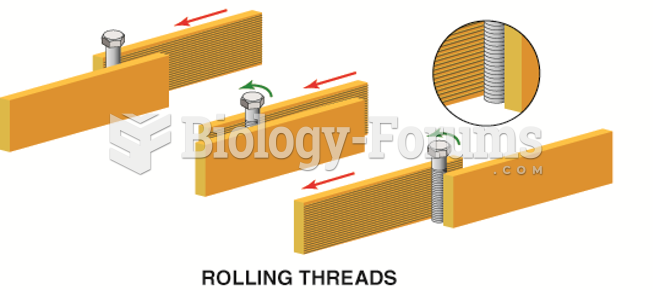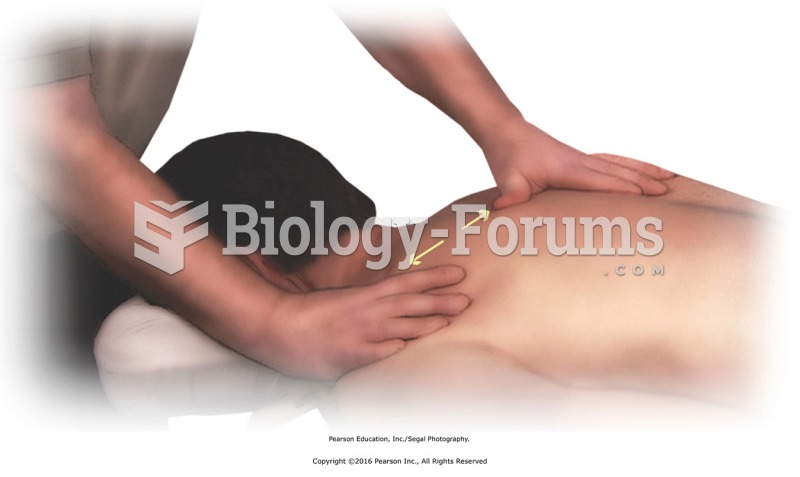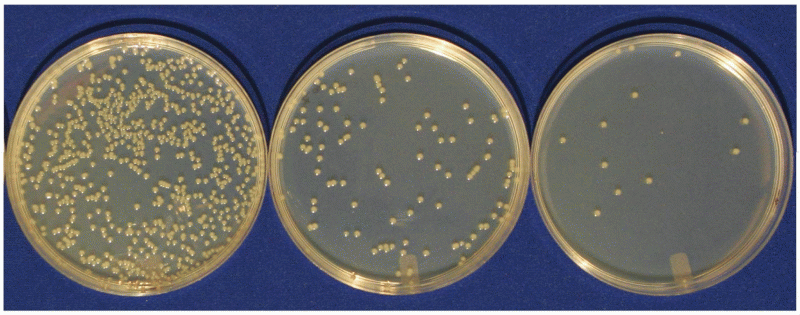This topic contains a solution. Click here to go to the answer
|
|
|
Did you know?
Each year in the United States, there are approximately six million pregnancies. This means that at any one time, about 4% of women in the United States are pregnant.
Did you know?
The familiar sounds of your heart are made by the heart's valves as they open and close.
Did you know?
Calcitonin is a naturally occurring hormone. In women who are at least 5 years beyond menopause, it slows bone loss and increases spinal bone density.
Did you know?
In 2010, opiate painkllers, such as morphine, OxyContin®, and Vicodin®, were tied to almost 60% of drug overdose deaths.
Did you know?
More than 50% of American adults have oral herpes, which is commonly known as "cold sores" or "fever blisters." The herpes virus can be active on the skin surface without showing any signs or causing any symptoms.
 Continuous positive airway pressure (CPAP) device. The sleeping subject is receiving the benefits of
Continuous positive airway pressure (CPAP) device. The sleeping subject is receiving the benefits of
 The paired-image subtraction technique, which is commonly employed in cognitive neuroscience. Here ...
The paired-image subtraction technique, which is commonly employed in cognitive neuroscience. Here ...





